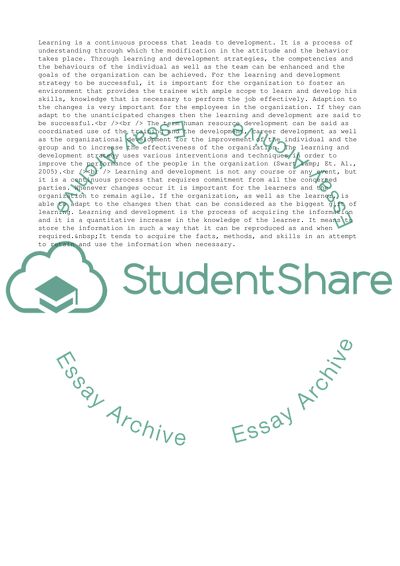Cite this document
(Conduct of Learning and Personal Development Programs Term Paper - 21, n.d.)
Conduct of Learning and Personal Development Programs Term Paper - 21. Retrieved from https://studentshare.org/management/1573468-human-resource-management
Conduct of Learning and Personal Development Programs Term Paper - 21. Retrieved from https://studentshare.org/management/1573468-human-resource-management
(Conduct of Learning and Personal Development Programs Term Paper - 21)
Conduct of Learning and Personal Development Programs Term Paper - 21. https://studentshare.org/management/1573468-human-resource-management.
Conduct of Learning and Personal Development Programs Term Paper - 21. https://studentshare.org/management/1573468-human-resource-management.
“Conduct of Learning and Personal Development Programs Term Paper - 21”, n.d. https://studentshare.org/management/1573468-human-resource-management.


